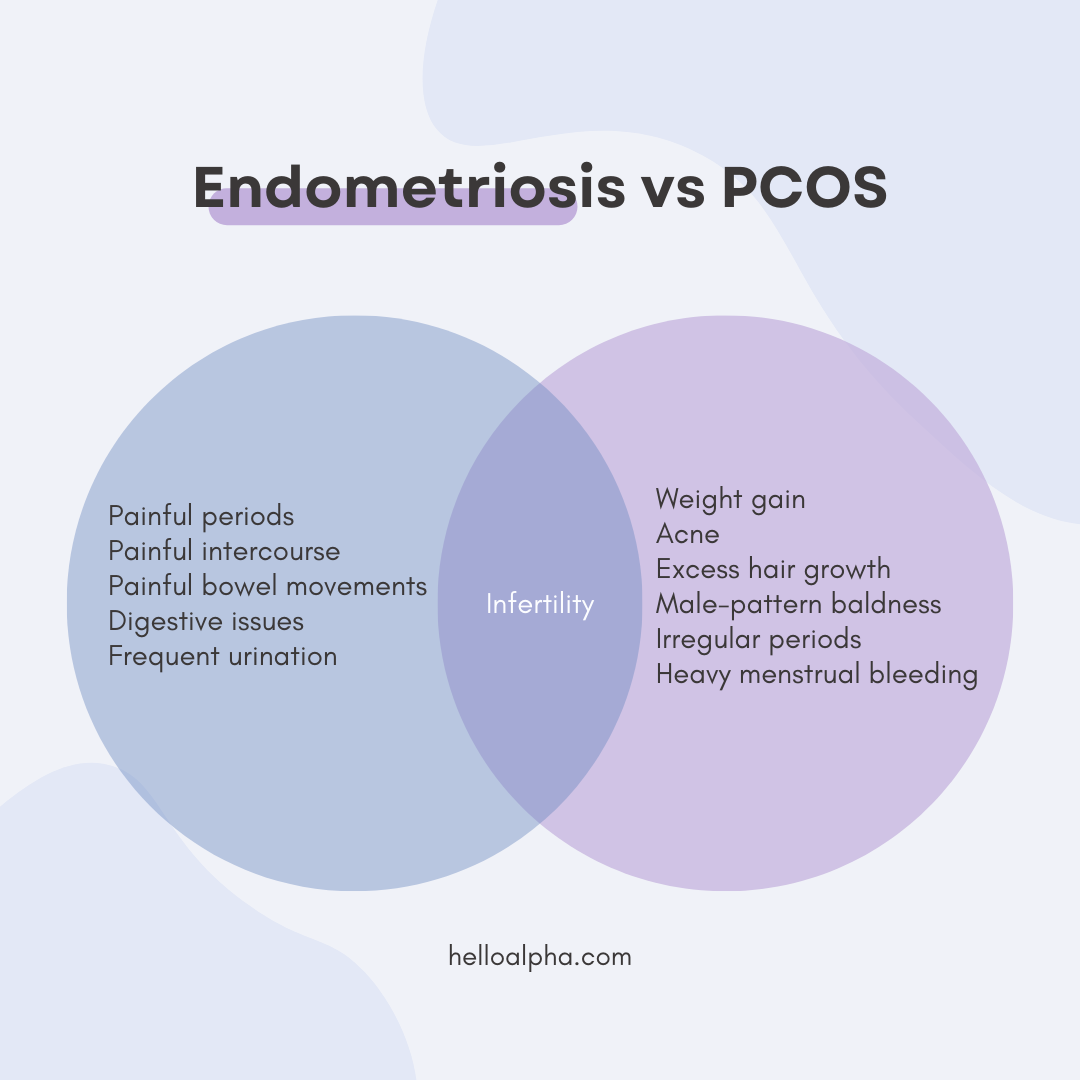Cavities And Breath: Comprehensive Guide Inside

The intricate relationship between cavities and breath is a multifaceted one, influenced by a myriad of factors including oral hygiene, dietary habits, and the microbial flora of the mouth. At the heart of this relationship lies the tooth decay process, where bacteria feast on sugars and carbohydrates, producing acid as a byproduct. This acid, in turn, eats away at the enamel of teeth, leading to cavities. However, the implications of this process extend beyond the physical destruction of tooth structure, affecting an individual’s breath, self-esteem, and overall quality of life.
The Microbial Connection: How Bacteria Influence Cavities and Breath
The human mouth is a thriving ecosystem, home to billions of microorganisms. Among these, certain bacteria are particularly adept at fermenting dietary carbohydrates, leading to the production of volatile sulfur compounds (VSCs). These VSCs are the primary culprits behind bad breath, or halitosis, which often accompanies the presence of cavities. The most common of these bacteria include Streptococcus mutans, known for its role in tooth decay, and other species like Porphyromonas gingivalis and Tannerella forsythia, which are associated with periodontal diseases.
Dietary Factors: The Role of Sugars and Carbohydrates
Diet plays a pivotal role in the development of cavities and, by extension, influences breath. Foods high in sugars and refined carbohydrates are particularly detrimental, as they provide an ideal environment for the proliferation of decay-causing bacteria. The frequency of consumption, rather than the amount, is a critical factor, as it dictates how often the teeth are exposed to acid attacks. Furthermore, sticky foods like dried fruits and candies can linger on the teeth, prolonging the exposure to harmful acids.
Oral Hygiene Practices: The First Line of Defense
Effective oral hygiene practices are crucial in preventing the formation of cavities and mitigating bad breath. Brushing teeth at least twice a day with a fluoride toothpaste helps remove plaque, a biofilm of bacteria, from the surfaces of teeth. Interdental cleaning, either with floss or interdental brushes, is essential for removing plaque from between the teeth and below the gum line, areas that are particularly susceptible to decay and the accumulation of VSC-producing bacteria. Additionally, regular dental check-ups provide an opportunity for the early detection of cavities and the implementation of preventive measures.
The Impact of Cavities on Breath: A Vicious Cycle
The presence of cavities can significantly impact an individual’s breath, creating a vicious cycle where poor oral health reinforces and exacerbates bad breath. As cavities progress, they can provide a habitat for bacteria, protecting them from the mechanical removal during brushing and leading to an increase in VSC production. Furthermore, the pain and discomfort associated with advanced cavities can lead to changes in eating habits, potentially increasing the consumption of soft, sugary foods that further exacerbate the problem.
Breaking the Cycle: Preventive and Curative Measures
Breaking the cycle between cavities and bad breath requires a multifaceted approach that incorporates preventive measures, dietary adjustments, and, when necessary, curative interventions. Preventively, maintaining good oral hygiene, reducing the frequency of sugar intake, and regular dental visits can significantly mitigate the risk of developing cavities and associated bad breath. For existing cavities, dental fillings or other restorative procedures can help restore tooth structure and eliminate the bacterial habitat. In cases of persistent bad breath, tongue scraping and the use of antibacterial mouthwashes can help reduce the population of VSC-producing bacteria.
Future Trends and Technologies: The Frontier of Breath and Cavity Prevention
Emerging trends and technologies promise to revolutionize the prevention and treatment of cavities and bad breath. Advances in dental materials and technologies, such as nanohybrid composites and bioactive restoratives, offer enhanced durability and the potential to inhibit bacterial growth. Furthermore, the development of probiotics specifically designed for oral health, which can help maintain a balanced microbial flora, presents a promising avenue for preventing cavities and halitosis. Laser technologies and photodynamic therapy are also being explored for their potential in killing bacteria and reducing VSC production without the need for invasive procedures.
Conclusion: A Holistic Approach to Oral Health
The relationship between cavities and breath underscores the importance of adopting a holistic approach to oral health, one that encompasses dietary habits, oral hygiene practices, and regular dental care. By understanding the complex interplay of factors that contribute to the development of cavities and bad breath, individuals can take proactive steps to prevent these issues, enhancing not only their oral health but also their overall well-being. As research continues to uncover new insights into the microbial, dietary, and technological factors influencing oral health, the future holds promise for more effective, personalized strategies for maintaining a healthy, cavity-free smile and fresh breath.
What is the primary cause of bad breath in individuals with cavities?
+The primary cause of bad breath, or halitosis, in individuals with cavities is the production of volatile sulfur compounds (VSCs) by bacteria in the mouth. These compounds are produced as a byproduct of the bacteria’s metabolism of dietary carbohydrates and can accumulate in cavities, leading to bad breath.
How often should one brush their teeth to prevent cavities and bad breath?
+It is recommended to brush teeth at least twice a day with a fluoride toothpaste to prevent cavities and bad breath. Additionally, brushing after meals, especially those high in sugars and carbohydrates, can help mitigate the risk of cavity formation and reduce VSC production.
Can dietary changes alone prevent the formation of cavities and improve breath?
+While dietary changes can significantly reduce the risk of cavity formation and improve breath by limiting the intake of sugars and carbohydrates, they should be part of a comprehensive oral health strategy. Regular brushing, interdental cleaning, and dental check-ups are also crucial for maintaining good oral health and preventing cavities and bad breath.

